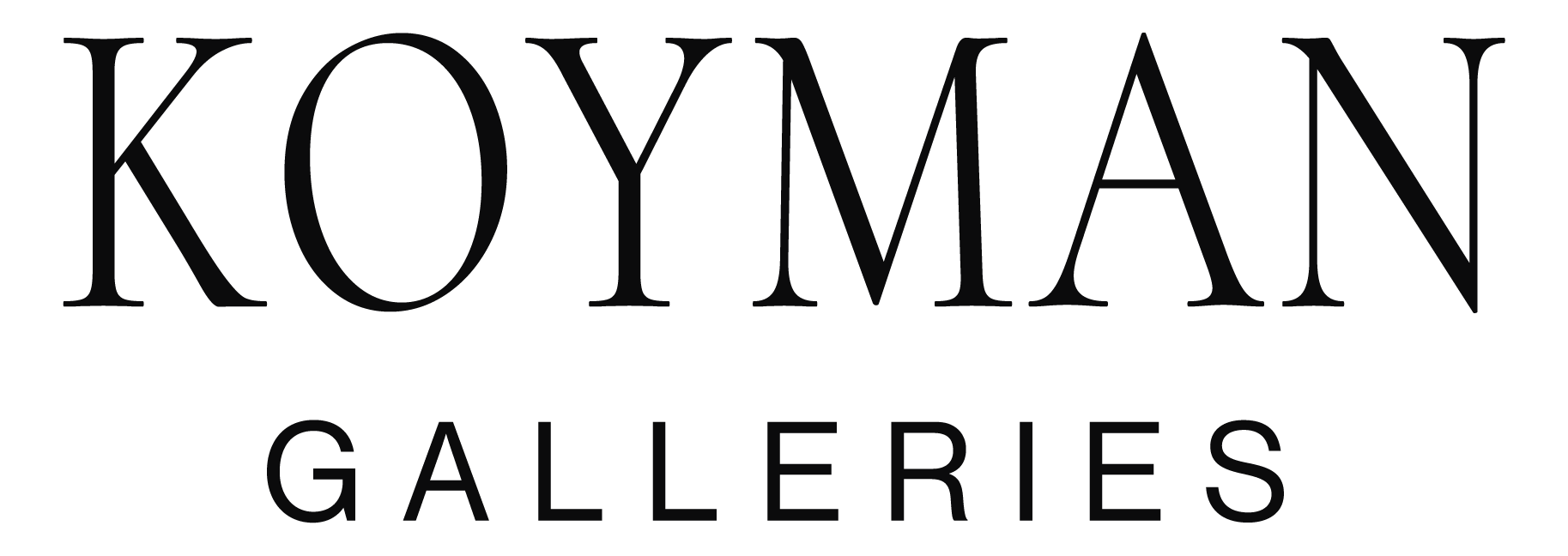Robert Wakeman Pilot
Robert Wakeham Pilot (1898–1967, St. John’s, Newfoundland) was a leading figure of Canadian Impressionism, known for his ability to capture tone and atmosphere, especially in Quebec landscapes at twilight. Trained in Montreal under William Brymner and later in Paris at the Académie Julian, Pilot blended European influence with Canadian subjects. A member and later president of the Royal Canadian Academy of Arts, he also served in both World Wars and was made an MBE in 1944.Robert Wakeham Pilot (1898–1967, St. John’s, Newfoundland) was the last major painter associated with Canadian Impressionism, admired for his ability to capture the shifting tone and atmosphere of Quebec’s landscapes, particularly at twilight. After his father’s death, Pilot’s mother married the artist Maurice Cullen, whose studio he worked in as a youth and whose influence shaped his early development. He studied drawing at the Monument National and under William Brymner at the Art Association of Montreal, before pursuing further training in Paris at the Académie Julian from 1920 to 1922. There he exhibited at the Paris Salon and was elected to the Société Nationale des Beaux-Arts.
On returning to Canada, Pilot became an associate of the Royal Canadian Academy in 1925, a full member in 1935, and later its president (1952–54). His work, informed by Cullen, James Wilson Morrice, and Camille Pissarro, balanced impressionistic atmosphere with strong form, elevating urban and rural Quebec scenes into lyrical studies of light. He exhibited widely, winning the Jessie Dow Prize, and taught engraving at the École des Beaux-Arts, Montreal.
Pilot served in both World Wars, receiving the MBE in 1944. In 1953, he was elected to the National Academy of Design in the U.S. and awarded an honorary doctorate from Bishop’s University. His paintings entered the collections of the National Gallery of Canada and the Musée national des beaux-arts du Québec, while his 1953 mural for Canadian Pacific Railway became one of his most recognized public works. A respected teacher, war hero, and distinguished painter, Pilot remains a defining voice of Canadian Impressionism.

